Mastering Seasonal Peaks: Optimizing Capacity Planning to Tackle Demand and Labor Shortages in Food and Beverage Manufacturing
Seasonality and labor shortages are two of the most pressing challenges faced by Production Planners in food and beverage manufacturing today. Peaks in consumer demand, shifting retail cycles, and unpredictable workforce availability can quickly disrupt even the most carefully laid production schedules.
Managing these variables successfully demands more than traditional production planning—it requires integrated technology, data-driven forecasting, and real-time scheduling agility. By combining PlanetTogether Advanced Planning and Scheduling (APS) with enterprise systems like SAP, Oracle, Microsoft Dynamics, Kinaxis, or Aveva, production planners can overcome volatility, maximize output, and maintain high service levels even during the busiest seasons.
In this blog, we'll explore how optimizing capacity planning, empowered by smart integration, transforms the ability to manage seasonal demand and labor shortages.
The Seasonal Demand and Labor Shortage Dilemma
Food and beverage manufacturers operate in an environment of constant fluctuation. From increased beverage production during summer months to spikes in baked goods around the holidays, production must be flexible enough to meet changing demand without sacrificing quality or efficiency.
At the same time, labor shortages—driven by demographic trends, rising wages, and competitive labor markets—compound the challenge. Key impacts include:
Production slowdowns and missed shipment deadlines.
Increased overtime costs and decreased employee morale.
Heightened risks to quality and compliance standards.
Together, seasonal demand surges and labor constraints require a new, more agile approach to production planning.
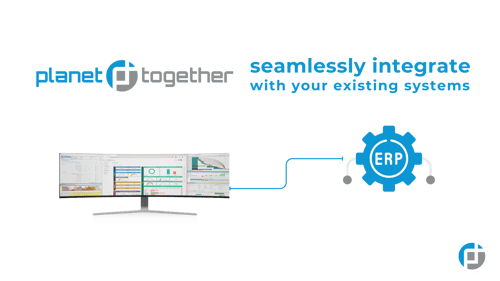
How Integrated APS and ERP Systems Transform Capacity Planning
Standalone scheduling tools are no longer sufficient. Integrating PlanetTogether APS with major ERP platforms like SAP, Oracle, Microsoft Dynamics, or supply chain planning systems like Kinaxis and Aveva provides production planners with the real-time insights and flexibility needed to navigate today's complex manufacturing environment.
Real-Time Visibility into Resources
Integration allows planners to see a comprehensive view of production resources, including:
Labor availability by skill set and shift.
Equipment utilization and maintenance schedules.
Raw material inventory and supplier delivery timelines.
For example, when PlanetTogether is integrated with SAP ERP or Oracle SCM, planners instantly receive updates when labor shortages occur, enabling quick schedule reallocation to minimize disruptions.
Accurate Forecasting and Scenario Simulation
Demand forecasts from Kinaxis RapidResponse or Oracle Demand Management Cloud can be fed directly into PlanetTogether APS, enabling planners to model multiple production scenarios:
What happens if 10% of the workforce is unavailable?
Can production be shifted to night shifts during peak periods?
Which product lines should be prioritized if raw material supply is delayed?
These simulations allow proactive planning instead of reactive firefighting.
Dynamic Workforce Optimization
Through integration with HR modules in SAP SuccessFactors or Microsoft Dynamics 365, PlanetTogether can intelligently schedule available workers based on their skills, certifications, and availability, ensuring:
Optimal labor coverage without excessive overtime.
Compliance with labor regulations and union agreements.
Minimized disruption during absenteeism or turnover.
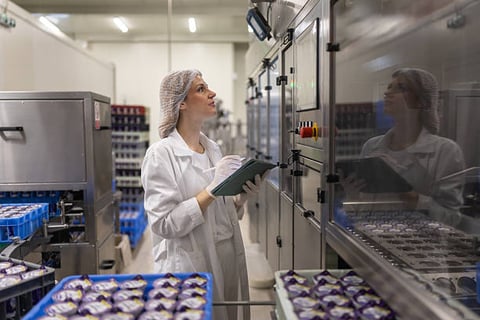
Best Practices for Optimizing Capacity Planning During Seasonal Peaks
Technology alone is not the full solution. Successful production planning during seasonal peaks also requires operational best practices built into the scheduling process.
Build Flexible Production Schedules
Avoid rigid scheduling by creating flexible windows that allow for shift adjustments based on real-time labor and material availability. PlanetTogether’s real-time integration with ERP platforms supports these dynamic adjustments without disrupting broader production goals.
Leverage Predictive Analytics
By analyzing historical production, sales, and labor data—accessible through ERP-APS integration—planners can forecast likely shortages or surges and create preemptive plans. Machine learning features in systems like Kinaxis can even recommend optimized production schedules automatically.
Cross-Train Employees
Cross-training workers across multiple production lines provides greater staffing flexibility during peak seasons. PlanetTogether’s skill-matching features ensure the right workers are assigned to the right tasks based on real-time availability and skills.
Implement Contingency Staffing Plans
Use part-time workers or temporary staffing agencies during peak seasons. Integrated APS-HR modules can help automate onboarding schedules, shift assignments, and overtime tracking, ensuring operational continuity.
Strengthen Supplier Relationships
Coordinating closely with suppliers through ERP-integrated portals ensures raw material availability keeps pace with production schedules, avoiding bottlenecks that could worsen during peak demand periods.

Future Trends: Preparing for the Next Generation of Capacity Planning
As food and beverage manufacturing continues to evolve, Production Planners should prepare for several emerging trends:
AI-Powered Scheduling
AI will increasingly take over repetitive scheduling tasks, allowing planners to focus on strategic decision-making. Integration between PlanetTogether APS and Microsoft Dynamics AI tools is already making AI-driven production recommendations a reality.
Predictive Labor Planning
Beyond reactive scheduling, predictive models will identify labor risks before they occur. Integrated platforms like SAP SuccessFactors feeding into PlanetTogether will make it possible to adjust hiring, cross-training, and scheduling months in advance.
Autonomous Operations
With IoT-enabled production lines and Aveva MES platforms feeding real-time machine performance data into APS, capacity planning will extend beyond human resources to include predictive maintenance and autonomous equipment scheduling.
In the food and beverage manufacturing industry, success is not just about producing quality products—it's about doing so reliably, even during volatile seasonal peaks and unpredictable labor markets.
By integrating PlanetTogether APS with enterprise systems like SAP, Oracle, Microsoft, Kinaxis, and Aveva, Production Planners gain the tools needed to:
Predict challenges before they arise.
Adapt schedules dynamically in real-time.
Optimize labor and resource utilization.
Deliver products on time, every time.
As competition intensifies and customer expectations rise, smart capacity planning isn't a luxury—it's a requirement. Equip your operation today for the demands of tomorrow.
Are you ready to take your manufacturing operations to the next level? Contact us today to learn more about how PlanetTogether can help you achieve your goals and drive success in your industry.
Topics: PlanetTogether Software, Integrating PlanetTogether, Food and Beverage Manufacturing, Leverage Predictive Analytics, Real-Time Visibility into Resources, Accurate Forecasting and Scenario Simulation, Dynamic Workforce Optimization, Build Flexible Production Schedules, Cross-Train Employees







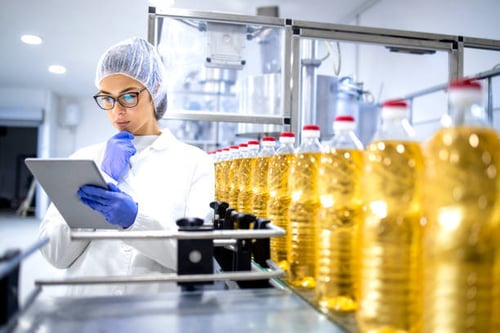
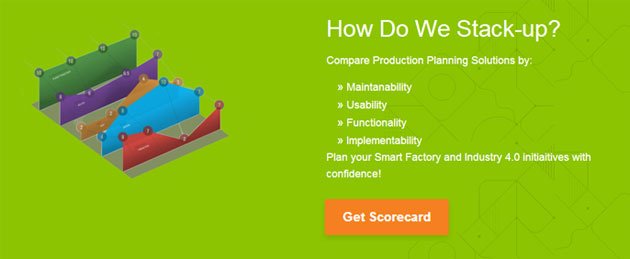
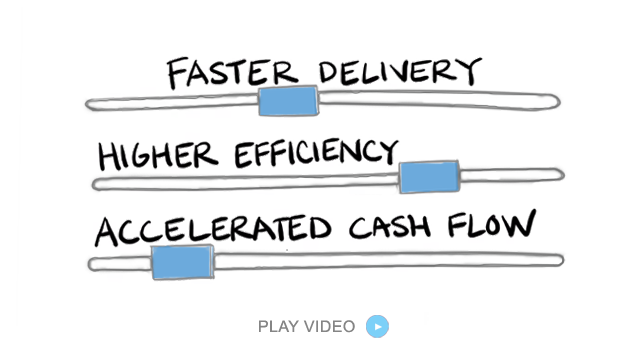











LEAVE A COMMENT